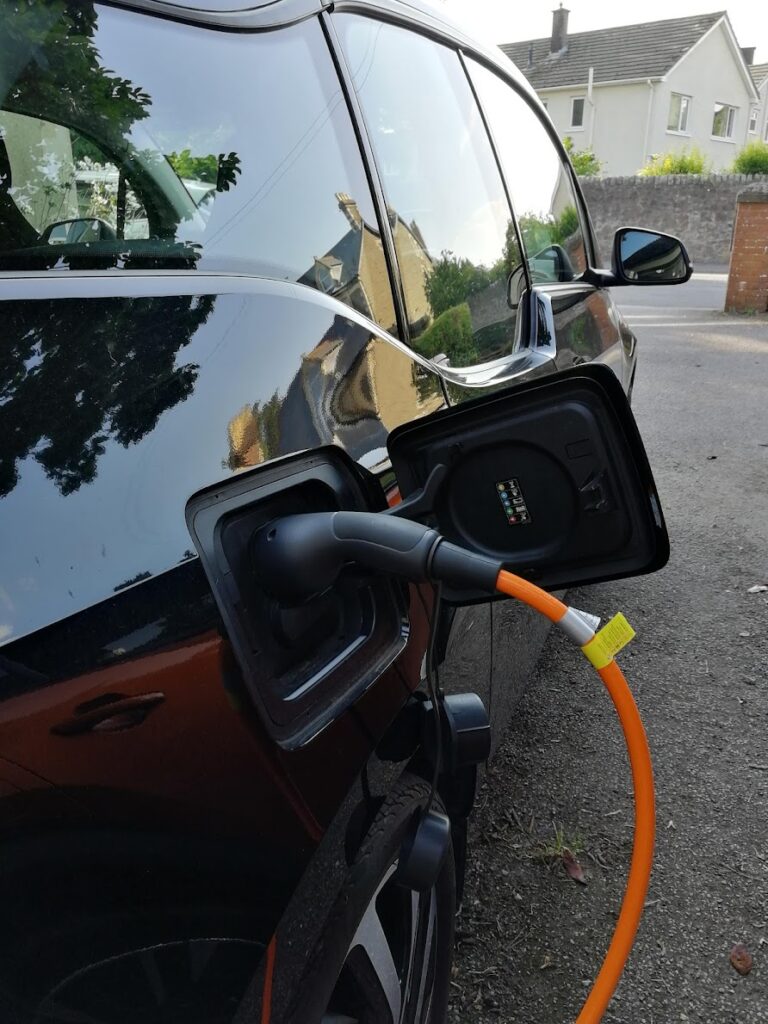
The number of electric vehicle drivers who end up stranded without any charge, is dropping as charging infrastructure improves.
According to new figures from roadside rescue service the AA, the proportion of EVs running out of charge has dropped by more than 70%. Four years ago, the AA recorded ‘out of charge’ as the reason for 8% of EV breakdowns. Today, that reason accounts for just 2.1% of all EV breakdown calls, and appears to be reducing month on month: in May 2023, the figure fell to 1.8%.
“Our data on ‘out of charge’ EVs clearly shows ‘charging anxiety’ does not match the reality,” said AA president Edmund King. “The 70% drop in out of charge breakdowns is a clear sign that range, infrastructure, and education are improving.”
King puts forward several reasons for the fall in the figure, not least because there are far more EV charging stations than a year ago, while the average range of electric vehicles continues to improve, as new models with greater range are launched. Drivers are also better educated about the opportunities they have to charge at the workplace, or even sharing chargers.ZapMap, a service that records EV chargers around the UK and reports in real time on their availability and reliability, reckons that by April 2023 there were 42,566 EV charging points in the UK, a figure up 37% in one year.
“The dramatic fall in the number of EV breakdowns caused by running out of charge is clear evidence that ‘charging anxiety’ should no longer be a key concern for drivers,” said Zapmap COO Melanie Shufflebotham. “At the end of May this year there were 43,626 charging points across the UK, across 25,413 charging locations, representing a massive 38% increase since May 2022. There’s no doubt that the infrastructure is improving all the time.”


